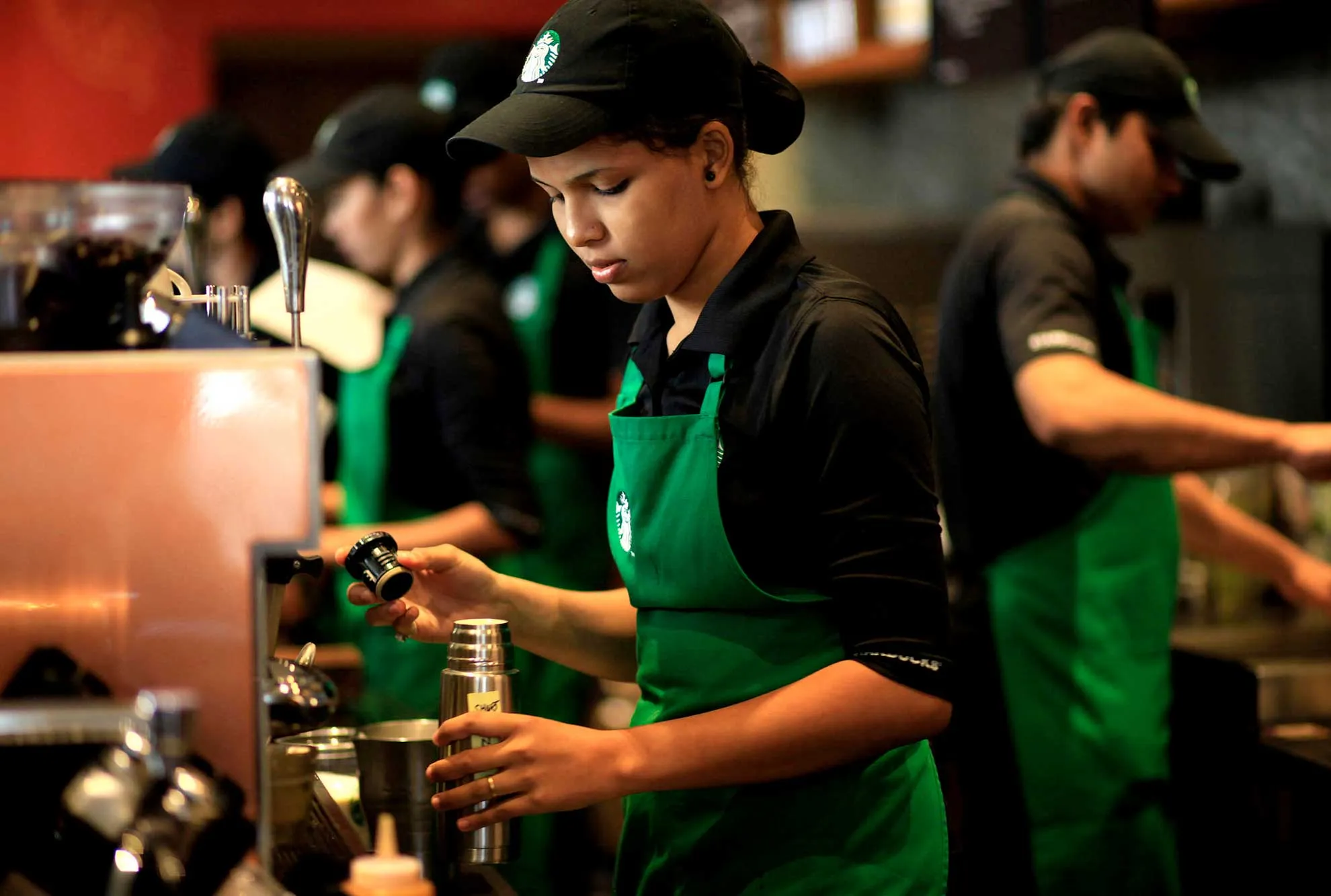Starbucks baristas have voted overwhelmingly (92 %) to authorise an open-ended strike beginning 13 November 2025 if contract talks fail, threatening the company’s holiday sales season and raising significant financial and legal stakes.
Starbucks Faces Potential Holiday Strike Amid Union Tensions — Financial and Legal Implications for CEOs
Starbucks Corporation is entering one of the most critical periods in its history as baristas represented by Starbucks Workers United have authorised an open-ended strike vote. The decision, made with 92 % support from union members, comes just ahead of Red Cup Day on 13 November — a major promotional kickoff for the holiday season, historically one of the company’s most profitable periods.
The vote covers more than 25 cities, with employees threatening to walk out unless management and the union reach a fair contract. While Starbucks insists it offers competitive pay and benefits, the union argues its members face inconsistent scheduling, slow wage growth, and stalled contract negotiations.
Financial Stakes: Holiday Revenue and Investor Pressure
For Starbucks, the timing of a strike could have immediate financial consequences. The holiday period accounts for a significant portion of the company’s annual revenue, with millions of transactions across North America and global markets. Even a short-term disruption could result in millions in lost sales, while extended action could also impact brand loyalty and consumer confidence.
From a shareholder perspective, investor sentiment is highly sensitive to labour disputes. According to analysis reviewed by CEO Today, sudden strikes in founder-led or high-profile brands often trigger short-term volatility in stock prices, raise the cost of capital, and prompt increased scrutiny from ESG-focused institutional investors.
Starbucks’ Chief Executive, Brian Niccol, faces the challenge of maintaining operational continuity while preserving brand trust. Analysts note that striking a balance between concession and cost containment will be critical to protecting long-term profitability.
Legal Implications: Labour Law and Risk Management
Legally, Starbucks operates in a high-risk environment. Under U.S. labor law, authorising a strike opens the company to potential unfair labour practice charges, especially if temporary closures or staffing adjustments are perceived as punitive. Any misstep could invite regulatory scrutiny from the National Labor Relations Board (NLRB) or equivalent state bodies.
Labour attorney Charlotte Moore, speaking to the Financial Times in 2025, noted:
“Companies in highly unionized sectors must carefully navigate contract negotiations and strike authorisations. Mismanaging these interactions can result in legal exposure and lasting reputational damage.”
For Starbucks, compliance with labour law is coupled with operational risk. Security, scheduling, and public-facing store management must all be coordinated to prevent legal violations while continuing service in non-striking locations.
Labour Relations: Negotiation, Power, and Public Perception
The union’s messaging is clear: the ball is in Starbucks’ court. Workers say prolonged stagnation in contract talks signals a lack of respect and urgency. Barista Michelle Eisen told Bloomberg:
“If Starbucks keeps stonewalling, they should expect to see their business grind to a halt.”
Starbucks has responded by inviting union leaders back to the negotiating table, asserting that most employees already enjoy wages and benefits above the industry average — yet acknowledging that employee concerns over scheduling, healthcare, and pay equity are valid.
The public dimension is equally crucial. With consumers increasingly sensitive to corporate social responsibility and employee treatment, the company must manage the perception of fairness and accountability to protect brand equity.
Strategic Takeaways for CEOs
This strike is a test of strategic leadership, risk management, and financial stewardship. For Brian Niccol and other senior executives, the stakes are multi-layered:
-
Revenue protection: Avoiding major disruptions during peak holiday sales while maintaining operational resilience.
-
Labour relations: Finding a sustainable contract solution that balances fairness, costs, and workforce morale.
-
Legal compliance: Mitigating exposure to unfair labour practice claims or regulatory penalties.
-
Brand and investor confidence: Protecting Starbucks’ image and maintaining shareholder trust during a high-profile labour dispute.
As analysts suggest, a successful resolution could reinforce Starbucks’ resilience in competitive retail, whereas prolonged conflict may incur financial, legal, and reputational costs far beyond the immediate strike.
For CEOs, this is a cautionary tale: labour strategy is no longer purely operational. It is financial strategy, legal strategy, and brand strategy, all at once. How Starbucks navigates the next few weeks will shape its performance through the holiday season and beyond.














